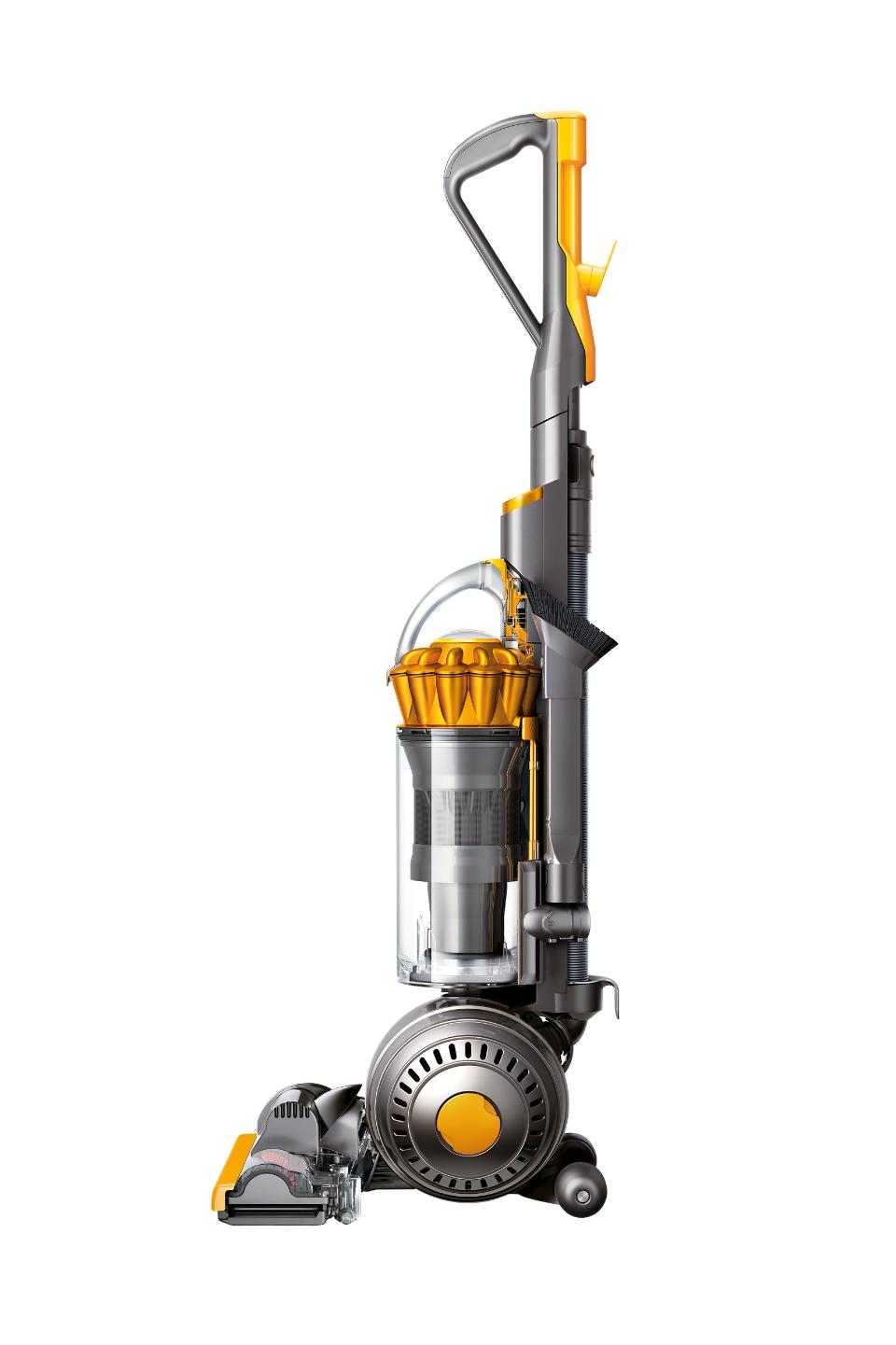Shark Rotator Powered Lift-Away Speed with Self-Cleaning Brushroll Upright Vacuum, ZU621
With the ultra-powerful Shark Rotator Powered Lift-Away Speed with the self-cleaning brush roll upright vacuum, you can take on carpets and floors with no hair wrap. For more reach, detach the Powered Lift-Away pod to clean under furniture and above the floor on stairs, curtains, upholstery, and more.
With the ultra-powerful Shark Rotator Powered Lift-Away Speed with the self-cleaning brush roll upright vacuum, you can take on carpets and floors with no hair wrap. For more reach, detach the Powered Lift-Away pod to clean under furniture and above the floor on stairs, curtains, upholstery, and more. The lightweight design offers amazing maneuverability while still delivering full-size performance. As you clean, 99.9% of dust and allergens are trapped by an anti-allergen complete seal and a HEPA filter, keeping them out of the air you breathe. (Based on ASTM F1977 of particles 0.3 microns and larger.). Shark ZU621 Rotator Powered Lift-Away Speed with Self-Cleaning Brush roll Upright Vacuum.
- PORTABLE: With Powered Lift-Away® you can detach the pod for more reach to deep-clean under furniture and above the floor
- SELF-CLEANING: The self-cleaning brush roll removes long hair and pet hair with no hair wrap
- ANTI-ALLERGEN TECHNOLOGY: Anti-Allergen Complete Seal Technology and a HEPA filter trap dust and allergens inside the vacuum cleaner
- LIGHTWEIGHT: Lightweight design for easy maneuverability, portability, and versatility
Additional information
| Manufacturer Part Number | ZU621 |
|---|---|
| Model | ZU621 |
| Assembled Product Dimensions (L x W x H) | 14.14 x 13.00 x 46.26 Inches |





by Carol
Super simple. Love it love it love it!!!
by Andrew
Probably the best vacuum I have ever owned!! It sucks up stuff I didn’t even know was in the carpet. The ease of using the lift off is amazing! Lightweight compared to my Bissell pet pro. 10/10 recommended. Great price too!!
by Steve
Love it. Sucks dog hair up effortlessly. Easy to swivel head turns and goes deeper underneath sofas, chairs.
by Adele
Very good product. Strong suction and the brush roller DOES clean itself! I’m very happy with this purchase. Hopefully it will continue to clean effectively.
by Chamarith
I am a 78 year old widower and a fastidious housekeeper. A vacuum has always been a tool, but this is more like a toy. I actually enjoy using it. my favorite features are the swivel steering and the incredible suction. I also like the low noise level and the lift away feature. The attachments are also great. Not all of them are pictured in the listing. There is one that has a belt driven brush roll that is great for my cat’s hair. bottom lin……I love it!